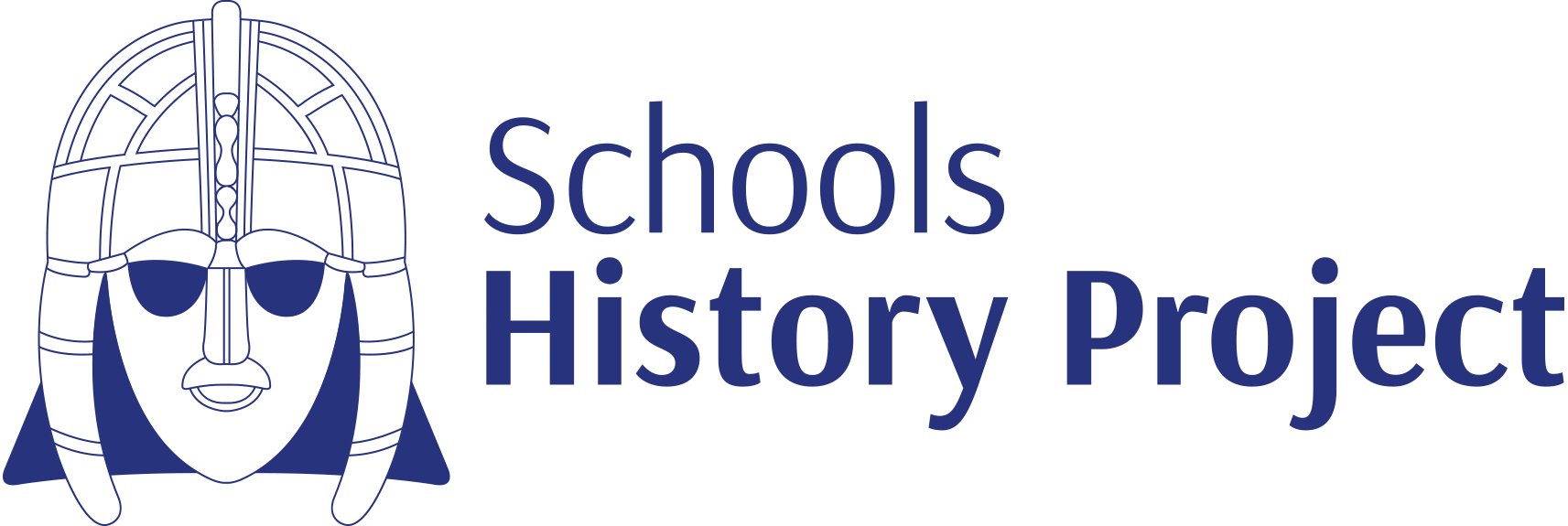It’s early days, but we’ve already had lots of positive feedback from teachers and students about the new OCR B (SHP) GCSE. At the OCR First Teaching courses in the autumn, teachers reported that they and their students were enjoying three aspects of the course in particular:
- The wide range of history offered by the SHP GCSE. Teachers told us that their chosen five studies provide a varied and interesting GCSE course. Students like the variety of content and teachers are looking forward to teaching some new studies at GCSE.
- The clarity and coherence of the course. The carefully-structured content within each study is proving to be really helpful in planning schemes of work. It’s also helping students to build their knowledge by focusing on clearly-defined issues.
- The opportunity to study history in depth. Teachers and students are appreciating the freedom that OCR B provides to included case-studies of particular people, places and events. The published resources contain lots of fascinating examples of ‘close-up’ history, and some history departments are already building in their own particular case-studies.
Of course, there’s still stuff that we are all getting to grips with. Some schools reported that they spent far too long on the overviews at the beginning of each period. Next time, they’ll build this knowledge much more quickly in just a lesson or two. Understandably, many people are feeling nervous about some new question types and mark-schemes. Three additional resources from OCR will help with this: 1. Guidance on the application of mark schemes (end of January) 2. Further sets of specimen papers (May and December) 3. Annotated student responses (beginning this term).
In the spring term, many schools will be teaching their chosen British depth study for the first time, so I thought it might be helpful to reinforce five principles that will lead to effective learning for your students.
- Engage your students with the five issues in the British depth study. Structuring the depth study around rigorous and engage enquiry questions will provide a clear focus for learning. It’s important to devise questions that encourage students to develop their own view on a particular issue. Giving them a statement to explain or to kick against will help with this. An enquiry such as ‘Brutal slaughter’ Is this how William gained control of England? will provide an engaging focus for students. Such enquiries will also help to prepare them for the judgement questions (8 and 9) in the exam.
- Focus on people. Each lesson in the British depth study should focus on the experiences of people living through the events of the Norman Conquest, late-Elizabethan England or Britain in Peace and War, 1900-1918. Often the focus will be on famous individuals, but look for opportunities to engage students with the diverse lives of ‘ordinary individuals’ living through these tumultuous events: Saxon rebels, Elizabethan play-goers, working-class women campaigning for the vote…
- Build in a range of interpretations. The British depth study provides an opportunity to deepen students’ understanding of interpretations of history. Make sure you build in a range of interpretations across the enquiries: academic, educational popular and fictional. In particular, help students to engage with the work of real historians: comparing TV documentaries on the Battle of Hastings, considering the changing interpretations of Elizabethan witchcraft, understanding the power of a historian’s language when writing about the Edwardian poor….
- Engage students with images. The British depth studies provide rich contexts for engaging students with some stunning visual sources: The Bayeux Tapestry, Elizabethan portraits, Edwardian photographs and films. Exam questions will often include visual interpretations so make sure you build these into enquiries. Your students should enjoy studying Victorian paintings of Norman and Elizabethan England, illustrations by modern reconstruction artists, as well as a range of TV and film interpretations.
- Make the learning rigorous and enjoyable for all students. To do well in the exam, your students will need a set of clear and detailed revision notes on each issue, but this does not mean that GCSE lessons should be dominated by note-making. Focus enquiries on real and creative outcomes such as exhibitions, plans for documentaries and interviews with ‘expert’ historians. You’ll want to engage students with the text and images in the published resources, but make sue you also build knowledge through your own stories and explanations, teacher-led role-plays, source collections and documentary clips.
I hope you and your students enjoy the British depth study.
